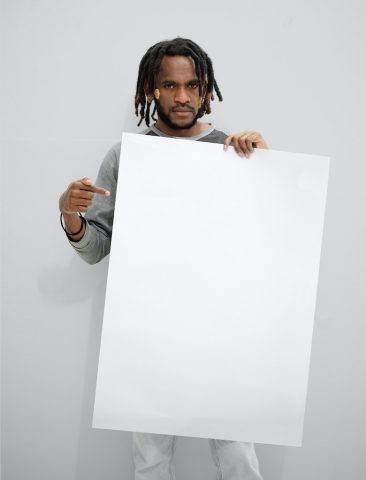Your essential paper glossary

Eucalyptus globulus: Giant of the forest
November 4, 2021
Year-round care reduces risk of forest fire
November 11, 2021
How do you choose the right paper for your needs? There are many specific terms that one must master to make the best choice. This is Business Optimizer’s guide to mastering those terms: your essential paper glossary.
O
Opacity
the state of being opaque, or the degree to which something is opaque
Opaque: preventing light from traveling through, and therefore not transparent or translucent.
Few people consider opacity when choosing printer paper.
However, when it comes to choosing the right paper to ensure the highest quality of your printing, opacity is crucial.
The whiter the paper, the better suited it is to double-sided printing jobs.
If you’ve ever had the problem of ink showing through from one side to the other on a duplex print job, it’s because the paper wasn’t opaque enough.
Look for paper that boasts high opacity next time you choose paper for double-sided printing.
T
Thickness
the quality of being thick
Thick: having a large distance from one side of something to the opposite side.
We talk about paper thickness a lot. But what does it actually mean?
When printing, choosing a thicker paper can help to prevent paper jams. Thin papers tend to rip easily.
It may also help to choose a thicker paper when duplex printing. However, be aware that the relationship between thickness and opacity (crucial for double-sided printing) is not necessarily directly correlated. Some papers have special additives or are made from specially selected cellulose fibers in order to give them additional opacity without additional thickness.
The thickness of a single sheet of paper can be measured using a micrometer or a dial caliper or paper thickness gauge.
U
Uncoated
antonym of coated
coated: with a covering of a stated substance.
The Printing Report states that uncoated paper does have a number of advantages over coated paper. It is commonly used for books, letterheads, envelopes, notepads, and a number of other paper products.
Uncoated paper has a slightly rougher, more textured feeling than coated paper.
By contrast, coated papers are sealed with a special coating, usually clay. This restricts the amount of ink that is absorbed into the paper, affording crisper printing results and more efficient use of ink.
Uncoated papers do not have this coating and thus are more porous.
W
Whiteness
the quality of being white
white: of a color like that of snow, milk, or bone.
Paper whiteness is important when printing because high paper whiteness improves the contrast and creates a more distinct appearance of printed text and colors. It also increases the number of reproducible colors.
Whiteness is a measurement of light reflectance across all wavelengths of light comprising the full visible spectrum.
It shouldn’t be confused with brightness, which refers to the paper’s capacity to reflect a specific wavelength of blue light.
Whiteness goes beyond brightness by considering reflected light in the red, yellow, and green regions of the spectrum as well as blue.
A spectrophotometer is used to measure paper whiteness. It produces a CIE measure of whiteness.
For a perfect reflecting, non-fluorescent white material, the CIE whiteness would be 100. However, most “white” paper will have a CIE whiteness measure of between 130 and 170.
This is because some papers are manufactured with the addition of Optical Brightening Agents (OBAs) which are designed to reflect light from the non-visible range (mainly ultra-violet) back in the visible spectrum.
In fact, a blue-white shade is often used for paper, because it appears whiter than a true white.
The whiteness of paper is usually referenced through terms such as “solar white” (a blue-white sheet) or “cream” or “natural white” (yellow-white shades).
When printing large batches of documents, try to ensure that the paper has the same whiteness levels, otherwise, there will be a noticeable difference in print results.
Woodfree
paper that has been made from chemical pulp rather than mechanical pulp
You might assume that “woodfree” paper doesn’t contain wood – but this isn’t the case.
In fact, it refers to paper that is made from chemical pulp, rather than mechanical pulp. Both processes begin with wood as the raw material to produce the pulp.
However, to produce the chemical pulp from which “woodfree” paper is made, the pulpwood is bleached to remove the yellow lignin. The lignin is the wood sap, and sometimes referred to as “the wood”.
By bleaching out the yellow lignin (or wood) the paper comes to be known as “woodfree”.
Although the process isn’t as kind to the environment as producing paper from mechanical pulp powered by renewable energy, the paper does offer a significant advantage: “woodfree” paper is not as susceptible to yellowing as paper containing mechanical pulp.
Want to know more about paper?
Download our eBook to read our guide to choosing the best paper for printing.
What’s the best paper for you? Find out in this handy infographic about choosing paper.
Or find out more about the different types of paper that are available for your art projects.




